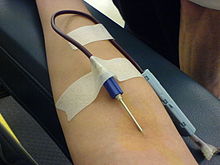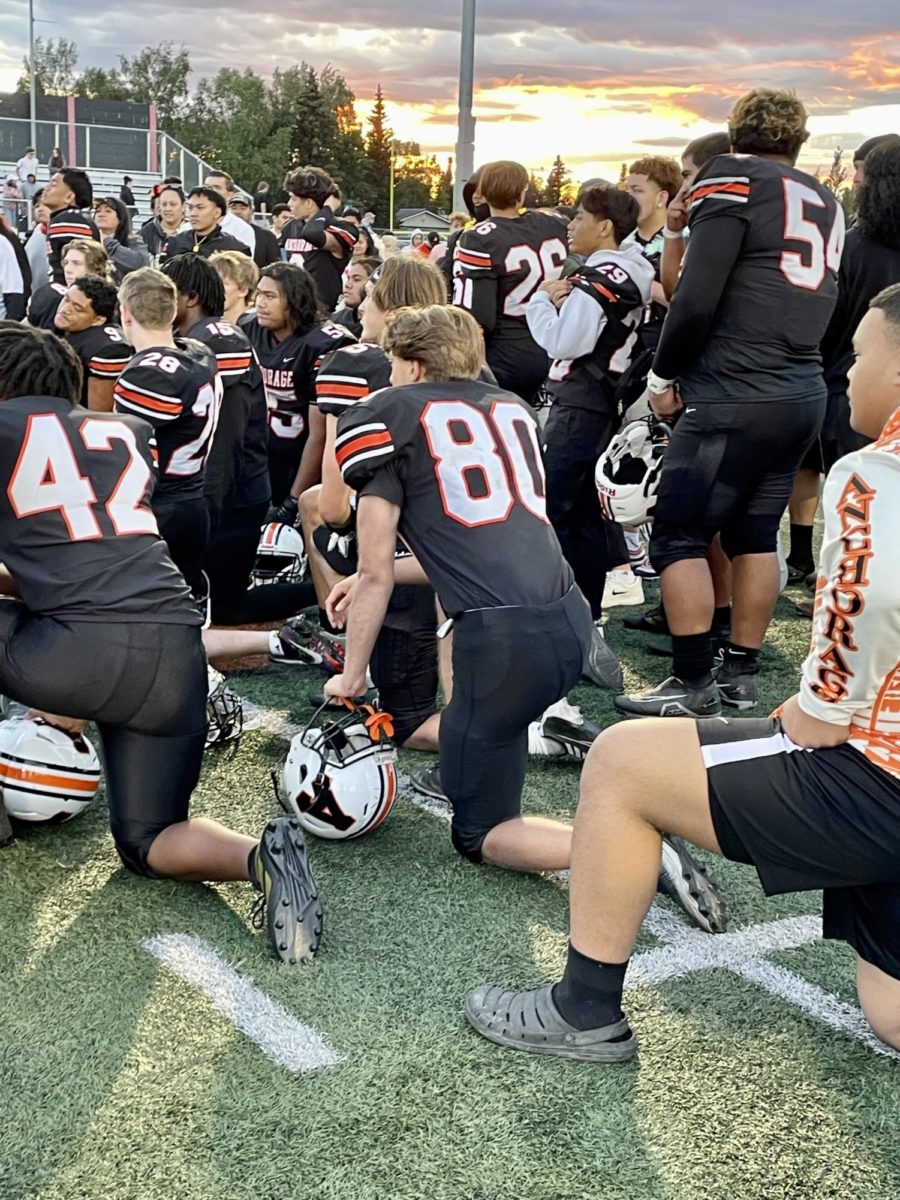Can a Crip Donate Blood?
March 27, 2019
For many people in medical emergencies, blood donation is literally the difference between life and death. Blood banks rely on the donations of kind citizens who don’t mind being poked and prodded, and they came to West in February to help re-stock their supplies.
Paige Brown, a junior at West, has been around the donation block a couple times. “I feel it’s very important for medical reasons for people to donate blood,” she said. Brown has only donated once, but has strong feelings on the fact that others should donate as well. The crimson heart oil is used for transfusions, and also for being separated in platelets and plasma, which can be further used for experiments and donations. Brown plans on donating again, and hopes to see more Eagles in the donation room.
Senior Ayuel Dak thinks that donating “red nectar” should be mandatory. “They put the needle in your arm and take your blood out, but it doesn’t hurt,” Dak says. The finger poke at the very beginning is by far the worst part, Dak says. Dak experiences a low pain tolerance, and was observed lifting his feet up on removal of the needle, even though he remembers the experience as less painful than it may have appeared to onlookers.

Evelyne Tunley teaches in the Medical Academy at West, and also feels strongly as to why people should donate. “There is a huge need for blood donations in Alaska, even with the donations they get, they always need more,” she says. Tunley has given blood and has also extracted it from donors at blood drives, so she is well-versed in the matters of blood donations. She expresses the need for more blood donors, figuring that the cons of the donation weigh nothing to the pros of the benefits generated. She has information on an upcoming drive in April for all of those interested and willing to participate.






